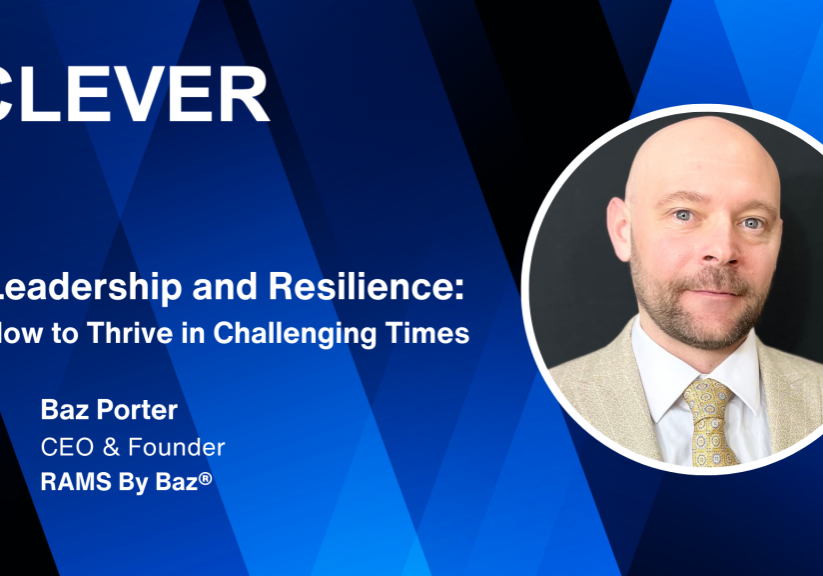
The drug maker AstraZeneca announced on Monday that an early analysis of its late-stage clinical trials in Britain and Brazil showed that its coronavirus vaccine was 90 percent effective when given in one dosing regimen, but only 62 percent effective in a different regimen — encouraging, if complicated, results for a vaccine expected to be relied upon heavily across the globe to help curb a pandemic that has killed more than 1.3 million people.
On average, the vaccine was 70 percent effective across the two dosing plans. The company said its vaccine could be stored for at least six months in a standard refrigerator, rather than under the intense chill required by other leading coronavirus vaccines, easing the distribution of a vaccine that is also cheaper and easier to produce than some of its competitors.
In the dosing plan that worked better, study participants were given a half-dose of the vaccine and then, a month later, a full dose. The vaccine was less effective when they were given a standard full dose upfront, followed a month later by another full dose. If the apparently more effective regimen is the one ultimately authorized by regulators across the globe, it could allow more people to be vaccinated at a time when vaccines will be in short supply.
The British-Swedish company, which has been developing the vaccine with the University of Oxford, became the third major vaccine developer this month to announce encouraging early results, following Pfizer and Moderna, which both said that their vaccines were about 95 percent effective in late-stage studies.
AstraZeneca’s results could significantly strengthen the global effort to produce enough vaccine to create population immunity: The price of the shot, at $3 to $4, is a fraction of that of some other potential vaccines, and AstraZeneca has pledged to make it available at cost around the world until at least July 2021 and in poorer countries in perpetuity. The vaccine can also be manufactured in mass quantities relatively easily; AstraZeneca said it expected to begin supplying the vaccine by the end of this year, and to make up to 3 billion doses next year.
The scientists said that they had not identified any “serious safety events related to the vaccine,” a reassuring sign. The vaccine had come under global scrutiny after AstraZeneca temporarily paused its trials in September to investigate potential safety issues after a participant in Britain developed a neurological illness.
Shares rose on European markets after the announcement, and Wall Street futures turned upward. But AstraZeneca’s shares slipped 1.5 percent.
Oxford and AstraZeneca said they would submit the data to regulators in Britain, Europe and Brazil and seek emergency authorization to start distributing the vaccine there, and begin discussions about its data with regulators in the United States.
The company said its early analysis was based on 131 coronavirus cases that turned up among participants at least two weeks after they had received their second shot. In the trial in Britain, researchers counted infections by swabbing participants weekly. That detection method was likely to have turned up more infections than the trials run by Moderna and Pfizer, which tested people who developed symptoms and may have failed to find any asymptomatic cases. The different approaches to counting infections could make it harder to compare how well the different vaccines work.
Oxford and AstraZeneca also said that none of the vaccinated people who developed the disease required hospitalization, and that scientists had seen a reduction in asymptomatic infections, suggesting that the vaccine could reduce transmission.
The Oxford scientists said they were still trying to understand why the vaccine was more effective at a smaller first dose. The first dose is supposed to prime the immune system, while the second is supposed to boost its response. While it seemed counterintuitive for a smaller first dose to be more effective, they said that strategy may more closely mimic what happens with a real infection.
The half-dose regimen is not currently being tested as part of AstraZeneca’s late-stage trial in the United States, but the company said it would work with the U.S. Food and Drug Administration to add it as quickly as possible. It said it would share its data with the F.D.A. this week and begin discussions about whether it would formally submit the findings for review and authorization. British regulators already have been conducting a so-called rolling review of the vaccine.
“Today marks an important milestone in our fight against the pandemic,” AstraZeneca’s chief executive, Pascal Soriot, said. “This vaccine’s efficacy and safety confirm that it will be highly effective against Covid-19 and will have an immediate impact on this public health emergency.”
Prof. Andrew Pollard, the chief investigator of the Oxford Vaccine Trial, said that “these findings show that we have an effective vaccine that will save many lives.”
Pam Cheng, an executive vice president at AstraZeneca, said on Monday that if the company receives regulatory approval, it plans to have 4 million doses available in Britain by the end of the year. Globally, by the end of the first quarter of 2021, the company said it would have at least 300 million doses of finished vaccine ready to distribute.
Even without delays, however, the vaccine is still a long way from being widely available. Regulators must assess the study data and decide whether to authorize the vaccine. AstraZeneca must ramp up production and work with government officials to roll out doses. And in the first weeks and months after the vaccine is authorized, it is expected to be available only to the highest-priority groups, likely health workers first, followed by other vulnerable groups.
Ms. Cheng said the regimen involving a half-dose would not significantly complicate the supply chain.
The F.D.A. has said that it expects a Covid-19 vaccine to prevent disease or decrease its severity in at least half of people who are vaccinated. That is similar to the effectiveness of seasonal flu vaccines most years. More interim findings from other leading vaccine makers, including Johnson & Johnson, are expected soon.
AstraZeneca’s vaccine is expected to come with relatively simple storage requirements, which would be an asset once it gets rolled out. Moderna’s vaccine can be kept for up to a month at the temperature of an ordinary refrigerator. Pfizer’s can be kept for up to five days in conventional refrigerators, or in special coolers for up to 15 days, but otherwise needs ultracold storage.
“Our goal is to make sure we can have a vaccine that was accessible everywhere,” Professor Pollard said. “I think we’ve managed to do that.”
The data released on Monday came from AstraZeneca’s Phase 2/3 clinical trial in Britain and its Phase 3 clinical trial in Brazil. The participants were randomly assigned to receive either the coronavirus vaccine or a meningitis vaccine as a control, followed by a booster shot about a month later.
As of early November, AstraZeneca had a total of 23,000 participants in mid- to late-stage trials in Britain, Brazil, South Africa and the United States. Results from its study in the United States are not expected to be available until next year. That trial, which aims to enroll 30,000 participants, was slowed by the safety pause that lasted over a month.
AstraZeneca’s vaccine is designed to genetically alter an adenovirus found in chimps so that it harmlessly mimics the coronavirus and provokes an immune response. A vaccine deploying that technology has never won approval. But the approach has been studied before, notably in a small 2018 study of an experimental vaccine against the virus that causes Middle East respiratory syndrome, or MERS. That virus is related to SARS-CoV-2, the novel coronavirus that causes Covid-19.
So when Covid-19 emerged, the team of scientists at Oxford’s Jenner Institute that had been leading the work on similar coronaviruses had a head start. Once the genetic code of SARS-CoV-2 was published in early January, the Oxford team sped to adapt their platform to the new coronavirus and begin animal testing.
They also needed a development and manufacturing partner and found one in April in AstraZeneca. Safety testing in Britain began that same month.
In May, the U.S. Department of Health and Human Services pledged up to $1.2 billion to help fund AstraZeneca’s development and manufacturing of the vaccine and secure at least 300 million doses if it proved to work. Alex M. Azar II, secretary of the Department of Health and Human Services, called the deal “a major milestone” in the work of Operation Warp Speed, the U.S. government’s program to fast-track Covid-19 vaccines.
AstraZeneca has struck deals to supply doses of its vaccine, once authorized, to other wealthy nations, including Britain and other nations in Europe, as well as to lower- and middle- income countries.
AstraZeneca has pledged not to profit from the vaccine during the pandemic, but it has suggested in one of its contracts that it may move to declare the pandemic over by as early as July 2021, The Financial Times reported.
Jenny Gross contributed reporting.












